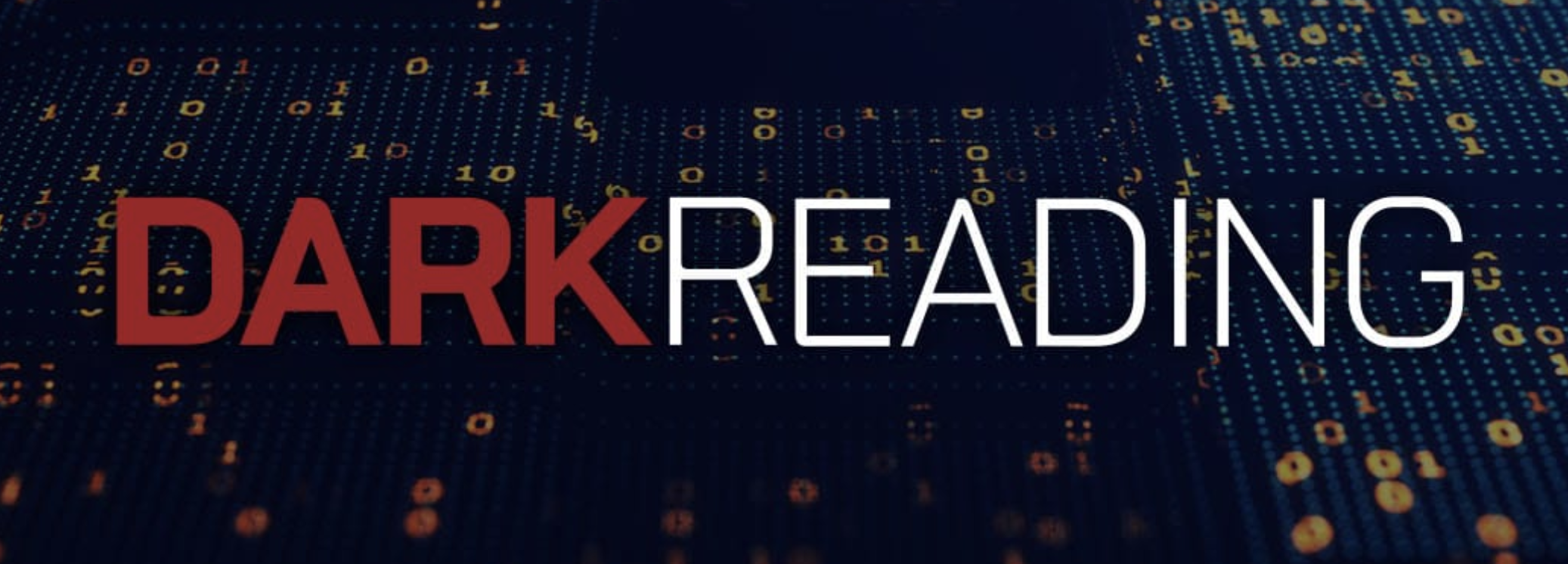
- 31 January, 2022
Linguistic Reduction and Knowledge Graphs for Chatbots
Dr. Jans Aasman and Dr. Richard Wallace were recently published in AIThority.
 Chatbots are dynamic agents with the express capability to engage in conversational interactions. By applying innovative linguistic reduction rules to user utterances, we empower chatbots to reduce any statement or sentence into its most basic form so bots can swiftly understand it and appropriately respond.
Chatbots are dynamic agents with the express capability to engage in conversational interactions. By applying innovative linguistic reduction rules to user utterances, we empower chatbots to reduce any statement or sentence into its most basic form so bots can swiftly understand it and appropriately respond.
The relationship between linguistic reduction rules and chatbots for natural language technology applications is two-fold. First, this pairing drastically simplifies chatbot applications so that no matter what text or speech the chatbot encounters, they can readily understand and respond to it. Secondly, by adding elements of knowledge graphs and taxonomies to this tandem, the resulting combination can make chatbots more useful than any current commercial offerings —including Alexa and Siri.
Reductions Simplify Language
The general concept behind this symbolic reasoning approach is that when people speak or write they use more words than necessary to produce the simplest logical statement they’re conveying. For example, there are numerous ways to ask someone his or her name, including “Could you tell me your name, please?”
Reduction rules would reduce this simple question to “What is your name?”, so bots can quickly comprehend its meaning, then use additional techniques to answer it.
Although this example seems trivial, it illustrates the basic formula that’s integral for revamping a host of business use cases from analyzing legal documents to forms for regulatory compliance and heightening call center interactions—or any other NLP application.
Read the full article at AIThority.







